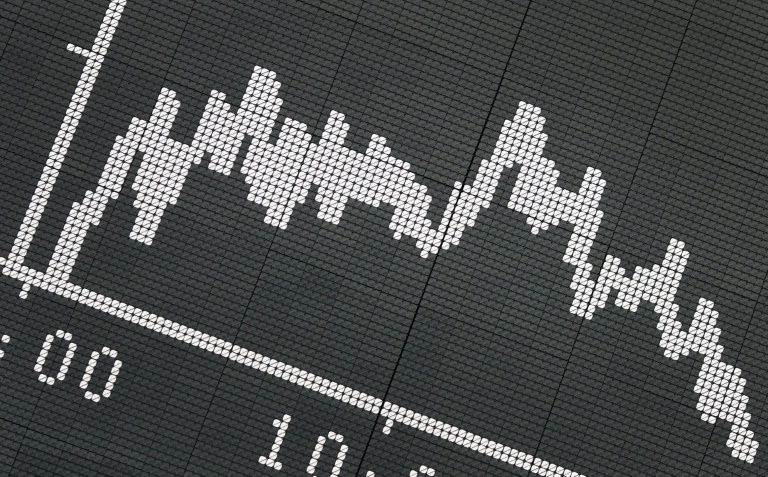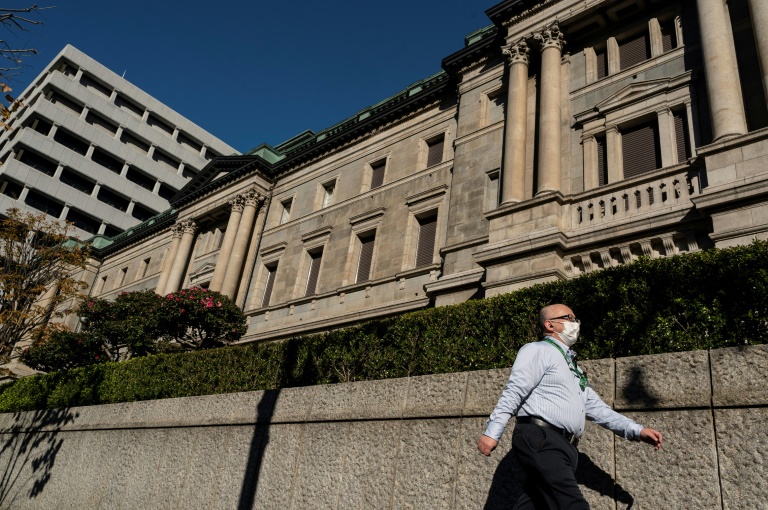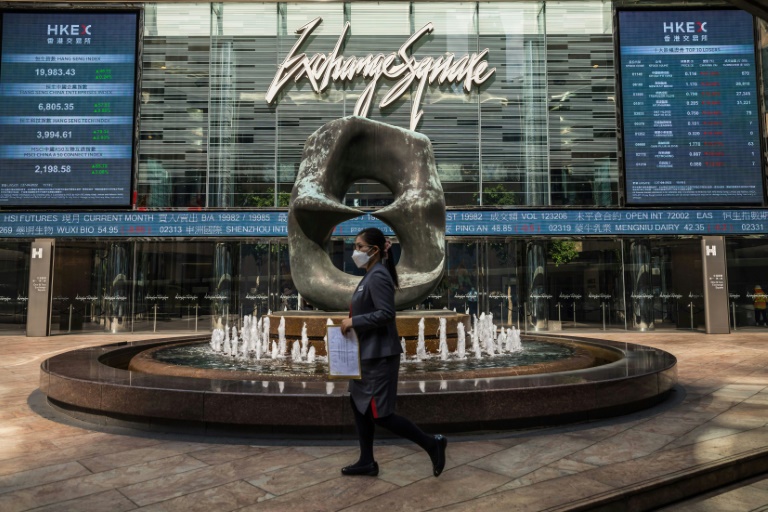US retail sales shot up in June amid the ongoing surge in prices, according to new data Friday that spelled more bad news for the Federal Reserve as it struggles to rein in rampant inflation.
The data showed that after pausing in May, American consumers last month were still eating out and buying furniture and cars, even amid the fastest inflation in more than four decades.
That poses a challenge for the US central bank, which has been hoping to see more decisive signs that its aggressive interest rate hikes were starting to take the economy off the boil and tamp down high prices.
Increased costs for gas, food and housing have squeezed American families and heaped pressure on President Joe Biden, whose approval ratings have taken a battering from the relentless rise in prices and fears of recession.
While inflation was already picking up speed last year as the world’s largest economy emerged from the pandemic and demand outstripped supply, the price surge worsened in the wake of the Russian invasion of Ukraine that has led to increased costs for energy and food.
Meanwhile, the US manufacturing sector, which has struggled with global pandemic supply constraints, saw output drop again in June, according to new Fed data Friday.
But consumers appear to be feeling a bit better about the current state of the economy, according to a new survey, defying expectations of a continued slump.
– Back with a vengeance –
After total retail sales dipped 0.1 percent in May, they recovered with a vengeance last month, climbing one percent to $680.6 billion, the Commerce Department said.
Record gas prices at the pump in June were a major factor, boosting sales at gasoline stations 3.6 percent in the month, and an eye-watering 49.1 percent over the past year, the report said.
But the data showed increases were widespread, and sales were still up 0.7 percent even when gasoline is removed from the calculation.
As inflation picked up speed, the Fed started raising the benchmark borrowing rate in March, and last month increased it by 0.75 percentage point, the biggest hike in nearly 30 years.
But talk has now shifted to the possibility of a massive, full-point increase later this month, and higher borrowing costs have raised fears that the Fed’s efforts could push the economy into recession.
Fed Governor Christopher Waller on Thursday said he could favor the mega step — which would be the biggest such move in four decades — if there were no signs of cooling in the retail sales data and the new home sales report due out in two weeks.
In other data, manufacturing output fell 0.5 percent in June, the second consecutive drop, which led to decline overall industrial production, according to the Fed.
But the University of Michigan’s consumer sentiment index rose unexpectedly rose by 2.2 percent in July to a still-low 51.1, amid a big jump in feelings about the current situation, but another dip in the expectations index.
The preliminary reading showed current assessments of personal finances continued to deteriorate, reaching its lowest point since 2011, survey director Joanne Hsu said, noting a worrying trend of shoppers buying now to get ahead of price increases.
– Mega rate hike in play –
The Fed’s policy-setting Federal Open Market Committee is due to meet July 26-27 to debate the next move in its war on inflation.
Kathy Bostjancic of Oxford Economics said the strong sales data “keeps the Fed in an aggressive policy tightening mode — the debate at the July FOMC meeting will be between a 75bps or 100bps rate hike.”
High prices mean Americans have to shift spending more to necessities.
Neil Saunders, Managing Director of GlobalData, noted that “consumers did not buy more stuff in June — they bought less product but paid more for it. This is not a comfortable position.”
Waller downplayed recession fears saying the very US strong job market means the Fed can slow the economy without causing a downturn or a huge increase in joblessness.
Economist Nancy Vanden Houten agreed the United States “still has a fighting chance to avoid a recession, but the pathway to a soft landing is admittedly narrowing.”











